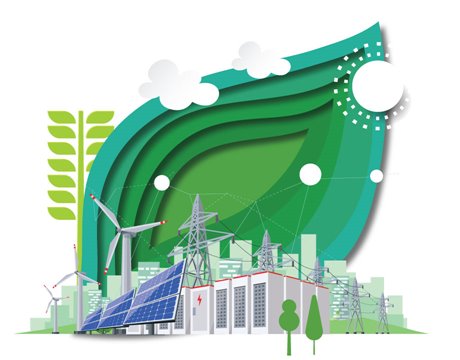Energy Blog: Fly More, Not Less
Energy Blog: Fly More, Not Less


There’s no shame in flying. But we must find ways to reduce aviation’s climate impact.
The English language hasn’t adopted many words from Swedish—smorgasbord, ombudsman—but one that’s been catching on this year is flygskam. It has been adopted by climate activists who have been using negative peer pressure, “flight shaming,” to get others to give up long-distance travel or at least forgo travel by airplanes in order to reduce carbon dioxide emissions. The New York Times even ran a handy guide for how guilty we should feel when we fly.
Aviation is a convenient focus for climate activism. While the sector’s contribution to global warming is small (around 2.5 percent of CO2 emissions and somewhat more in total climate impact), it’s growing faster than expected. Aviation is also an activity that’s experienced disproportionately by the wealthy. Nearly half of all Americans never fly in a given year, while two-thirds of the flights are taken by just 12 percent of the population.
The message this aviation inequality sends is that air travel is a playground for the rich—quite literally, the jet set—that requires leaving a scorched Earth behind as the price for an ephemeral contrail streaking across the sky.
I have a confession: I am a very frequent flyer. And I don’t feel guilty.
Don't misunderstand me. Solving the climate crisis is absolutely humanity's most important challenge. But flying less doesn't solve it. If anything, we need to fly more, but do so in a low-carbon way.
I want to move to a brighter, more optimistic future by cleaning up our act rather than by depriving us of life's joys. And travel to faraway lands is one of those joys. In the middle of a rising wave of nativism, isolationism, and nationalism, the last thing we should be doing is cut ourselves off from the common humanity of other cultures.
Travel is also necessary to actually fight climate change. Renewable energy developers need to travel globally, and field researchers often must get to remote corners of the world where trains don’t reach. Travel can be the glue that holds together international research collaborations, such as the multinational partnership that facilitated the lithium ion battery’s development, a feat that was recognized with the Nobel Prize in chemistry earlier this year.
Recommended for You: Learning How to Beat the Heat
Climate change requires global solutions and all hands on deck. Telling people they can no longer travel is not a great way to get them on board for tackling this crisis together.
Thankfully, there are several things we can do to reduce the footprint of aviation despite increased travel. For instance, we should reduce aviation's energy requirement, on a per passenger-mile basis, through such means as better managing airport congestion and ramping up airplane efficiency by use of lightweight materials, better wing design, and improved engines. Electric-powered planes could be an option for particular routes, such as short-haul or night-time flying (especially since they wouldn’t be restricted by noise-pollution curfews).
Biofuels, which are already in demonstration or development with the U.S. military, Etihad Airways, and United Airlines, could be made the focus of a bigger R&D and testing push. Simultaneously, governments and industry could aggressively invest in synthetic jet fuel made from zero-carbon renewable electricity.
Airlines could initiate a massive program of carbon offsets through direct carbon capture, soil management, afforestation, and so on. Airlines have a lot to lose from a movement that equates flying with sin, so some major airlines are already offering the opportunity to purchase offsets when buying a ticket.
You May Also Like: Flying Green with Hybrid-Electric Planes
Finally, a carbon tax on jet fuel would hit travel gluttons like me. But it would let people assess the value of every trip, rather than have choice taken away via a blanket prohibition on air travel.
As with other low-carbon pathways, Europe is taking the policy lead. The European Union’s “Flightpath 2050” proposes the goal of reducing aviation’s CO2 emissions by 75 percent by 2050.
The United States should come up with similarly ambitious goals. We can do this. And we should start now with an accelerated program of R&D investments, tax incentives to encourage updating of airplane fleets, putting a price on CO2 emissions to encourage low-carbon solutions, and better management of air traffic control globally.
Once we do that, we should take to the skies guilt-free—or perhaps syndfri—to see our beautiful world.
Michael E. Webber is the Josey Centennial Professor of Energy Resources at the University of Texas in Austin and Chief Science and Technology Officer at ENGIE, a global energy company headquartered in Paris. His latest book, Power Trip: The Story of Energy, is published by Basic Books.





